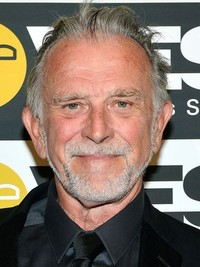John Dykstra

Modern-day special effects, for all its reliance on computers, digital graphics and ultra high-end technology, owed much of its existence to John Dykstra. One of the first technicians to merge traditional photography with developments in electronics, Dykstra created the groundbreaking visual effects for "Star Wars" (1977), which earned him an Academy Award, and inspired a generation of filmgoers and future filmmakers. With his invention of the "Dykstraflex" camera, Dykstra literally turned movie special effects on its head with an electronically controlled moving camera that dove, swooped and twisted around a stationary object. Fiercely independent, Dykstra started his own company, Apogee, which oversaw effects for the original "Battlestar Galactica," (ABC, 1978-79) "Firefox" (1982), while he later created the effects for "Batman Forever" (1995) and "Stuart Little" (1999) after the company folded. With the emergence of CGI, Dykstra stayed ahead of the game with his breakthrough work on the "Spider-Man" films. Thanks to his dedication to constant innovation, Dykstra helped steer a revolution in movie magic at a time when studios were shuttering the aging, in-house effects departments and sending their old school technicians into early retirement.